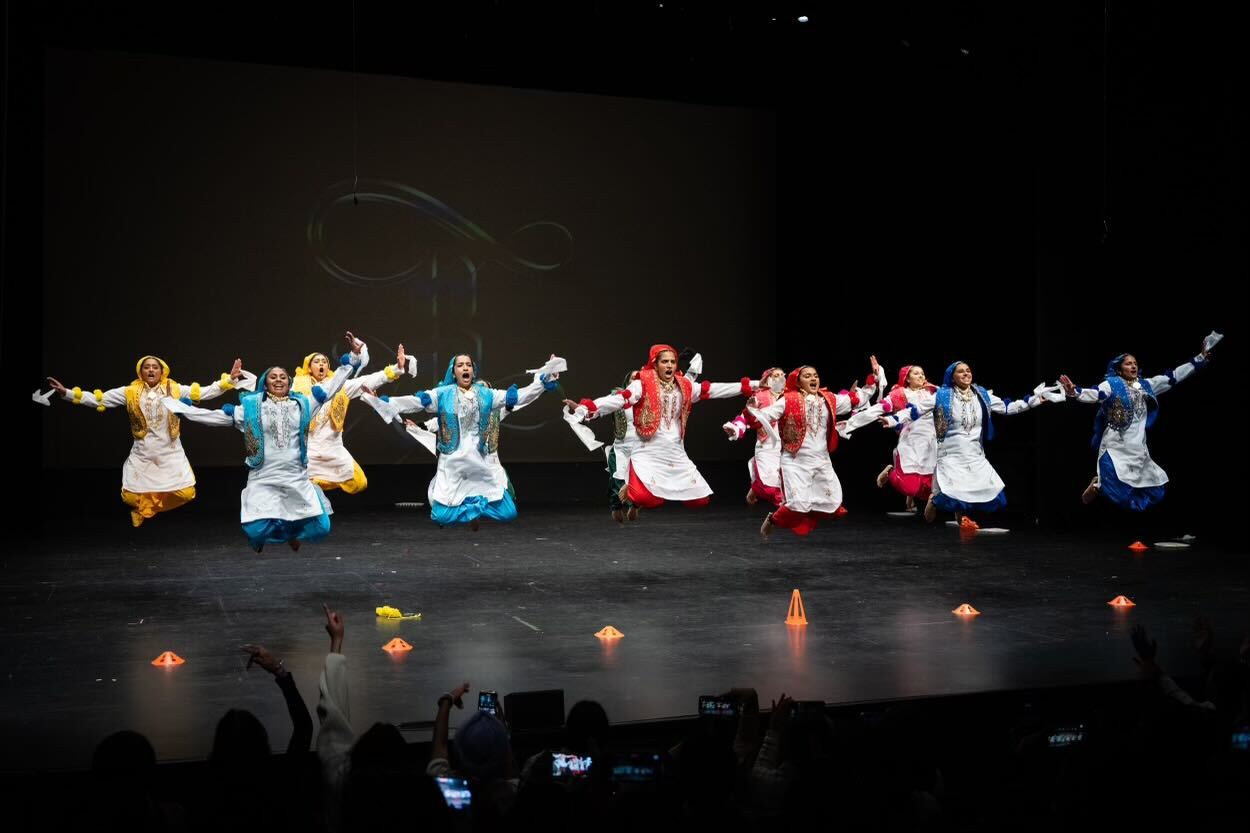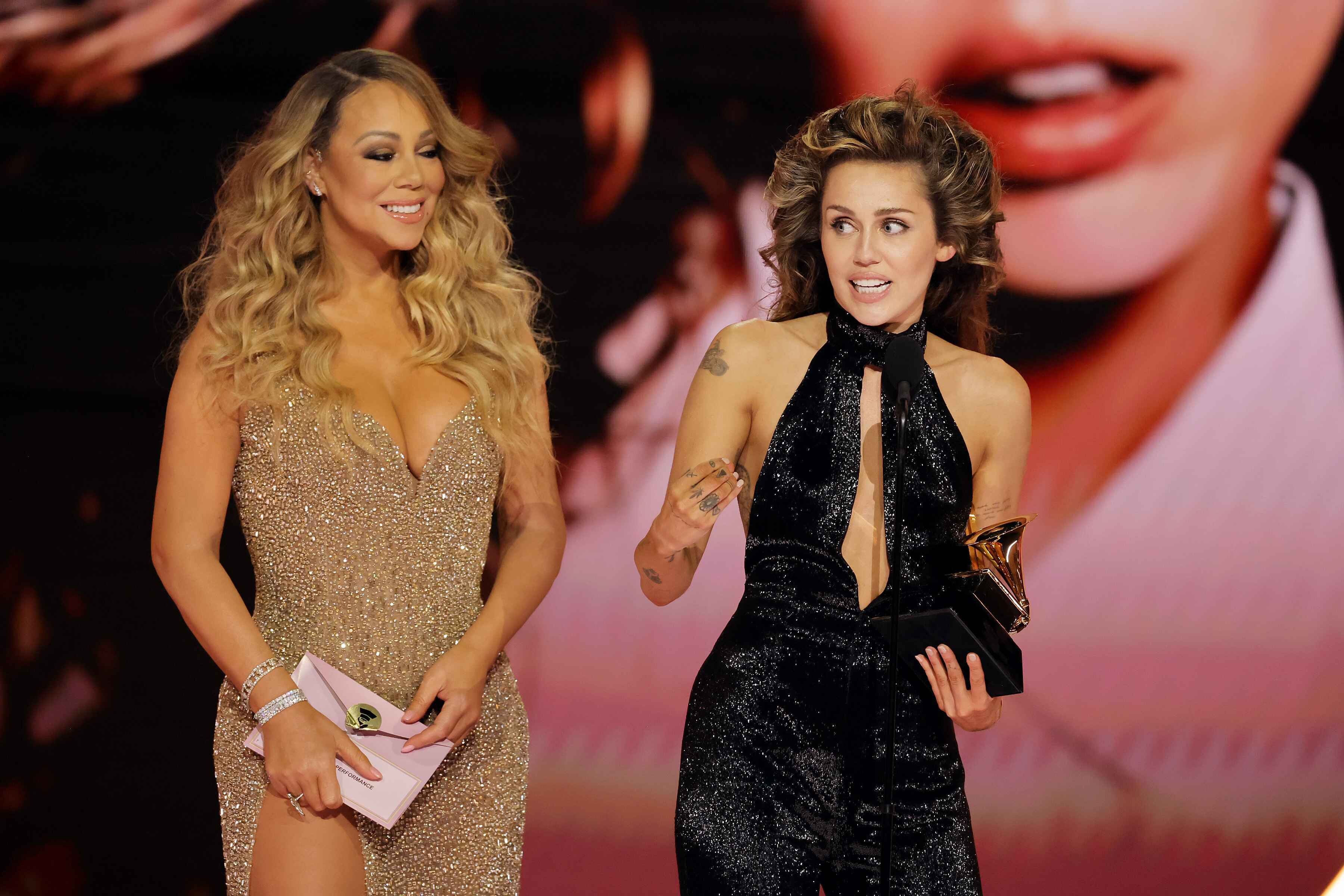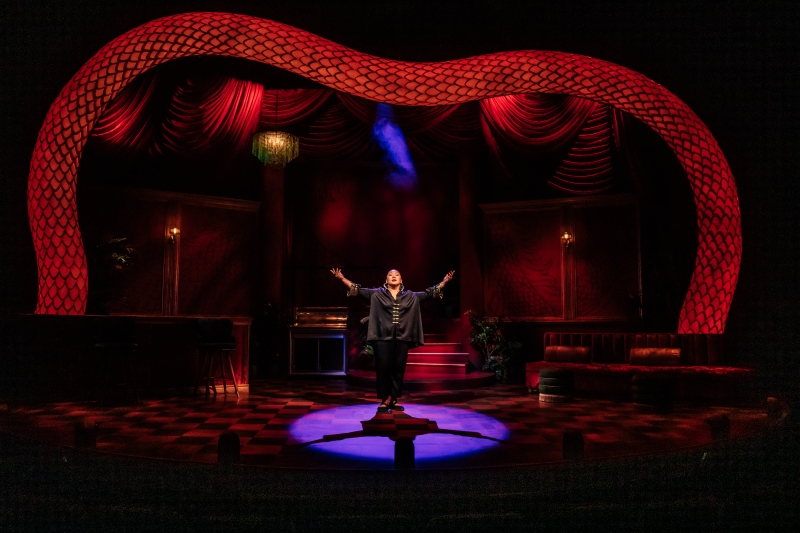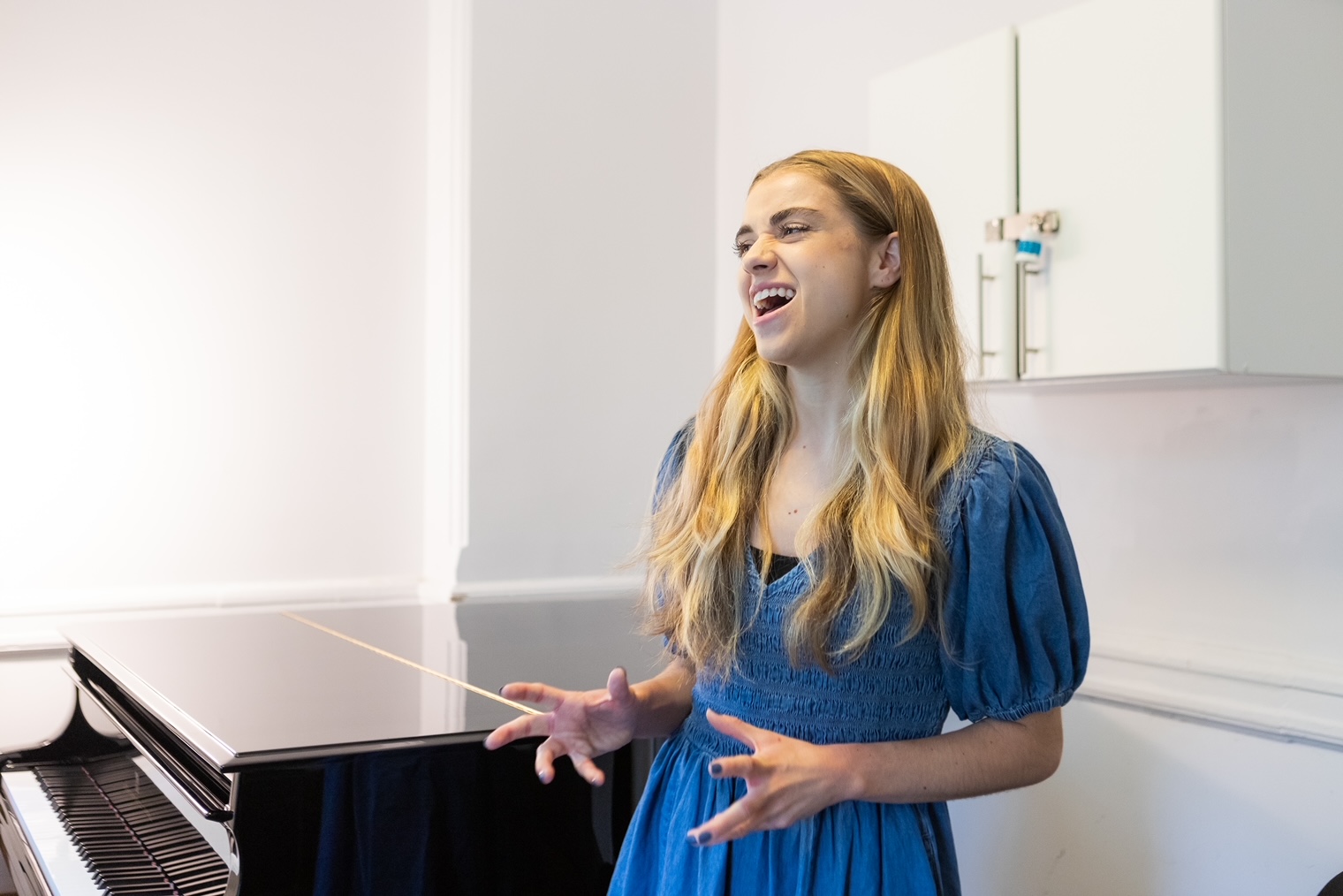In ‘The Courage to Right a Woman’s Wrongs,’ female narratives take center stage

Pictured is a cast member dressed in a maroon cape and holding an orange lantern while walking up a black staircase. UCLA’s production of “The Courage to Right a Woman’s Wrongs” will show from Nov. 21 to Nov. 26 at Macgowan Hall. (Courtesy of UCLA Department of Theater)
“The Courage to Right a Woman’s Wrongs”
November 21 - November 26
Macgowan Hall
By Katy Nicholas
Nov. 20, 2024 9:11 p.m.
The theater department is writing women into the spotlight in its upcoming performance of “The Courage to Right a Woman’s Wrongs.”
The UCLA School of Theater, Film and Television will be presenting the women-empowering historical play, “The Courage to Right a Woman’s Wrongs,” in Macgowan Hall from Nov. 21 to Nov. 26. Set in 17th century Spain, the play follows a young woman, Leonor, on the road to get revenge on a man who broke her heart. Viva Corless, a second-year theater student, said a main feature of the storyline is putting classic male heroes into a new, more critical light.
“It’s basically flipping that Don Juan stereotype on its head,” Corless said. “When no one else thinks that you can do something, you have to fully rely 100% on yourself in order to get what you deserve in the end, and I think that that’s what Leonor does.”
[Related: ‘Rocky Horror on Halloweekend’ returns with new adaptation of cult classic film]
Although the story was written many centuries ago, Anais Barradas Gauna, a fourth-year theater student and cast member, said it conquers themes of women empowerment and defies the stereotypical Shakespearean trope of women not performing in the theater. Instead, she said women in this play have always been performed by real female actors, and they even dress like men throughout the performance. She added that the male characters take the simple, backseat role of the love interests – an idea that opposes expected character dynamics.
Corless, who plays the protagonist Leonor, said UCLA faculty members are responsible for the translation of the play from its original Spanish version to English. According to director Michael Hackett, a UCLA professor of directing and theater history, this translation was part of a bigger project spearheaded by Barbara Fuchs, a UCLA Professor of Spanish and Portuguese, called Diversifying the Classics. Hackett said this project aims to expand the study of the “classics” of theater from just English originating works – specifically Shakespeare – to plays of other origins and languages.
“When we speak English as a dominant language, let’s say in New England, people are still speaking some sort of form of the English that was spoken during Shakespeare’s time, and he’s our ‘classical reference,’” Hackett said. “We’re in a different geographic place, we’re in New Spain, and there are these great plays. … There’s this desire to learn more expansively, a classical tradition that’s both North American as well as European.”
Barradas said there are multiple Spanish speakers in the cast, so the theater department integrated some of the original Spanish script to honor the story’s Spanish roots. The cast is respecting classic elements of the show throughout the whole script, Barradas said, such as through sets.
Corless added that another unique aspect of the play’s interpretation is Hackett’s tendency to stay true to the original production of the play while directing. She said in the seventeenth century, when this play was written, the stage was only two boards and a plank. Although production technology has improved since then, Corless said they are keeping the piece’s history and keeping the simple stage setup with this production.
The playwright of “The Courage to Right a Woman’s Wrongs,” Ana Caro, had a distinctive personal background that can be seen through the themes of her writing, Barradas said. This personal background, Corless added, allows the script to tie in themes of respect between classes that was not common during the 17th century. Additionally, the story opposes mainstream classics, such as Shakespeare, whose pieces neglect themes of friendship and alliance in favor of betrayal and rebellion, Corless said.
[Related: Women, nonbinary comedians crack up patriarchy in Shenanigans’ ‘Men Aren’t Funny’]
As well as interclass relationships, Corless said the play challenges the construct of gender in general. She said there is a lot of playful gender bending, with Leonor’s character seamlessly jumping between male and female, and the whole play could be interpreted as a satire on gender itself. Although the context has changed in the modern age, the themes of rejecting gender norms have stayed the same. Instead of wallowing when she gets dumped by a man, Barradas said Leonor takes it upon herself to get revenge and choose who she wants to be with. She said this example of women rejecting societal beliefs proves that the theme of women reclaiming themselves and their actions is age old and especially relevant today.
“It’s interesting because she’s (Leonor) fighting for her rights and taking them back from the men who took them away from her by leaving her,” Barradas said. “These women are in these positions of power, and the men are there fighting over them, so I think that’s what’s really important in this climate – to get to hear those stories where women are able to take back the rights that are taken away from them.”





